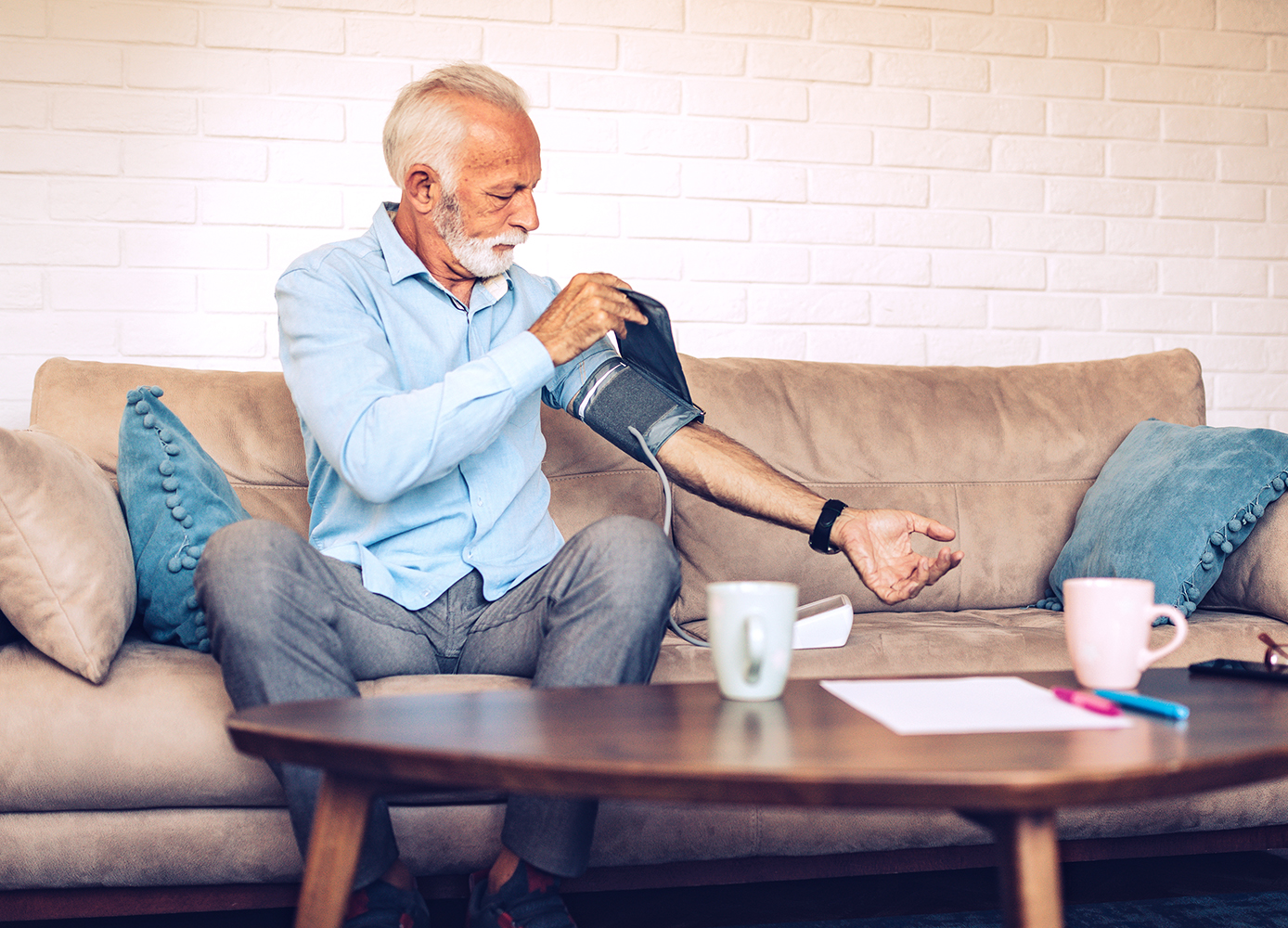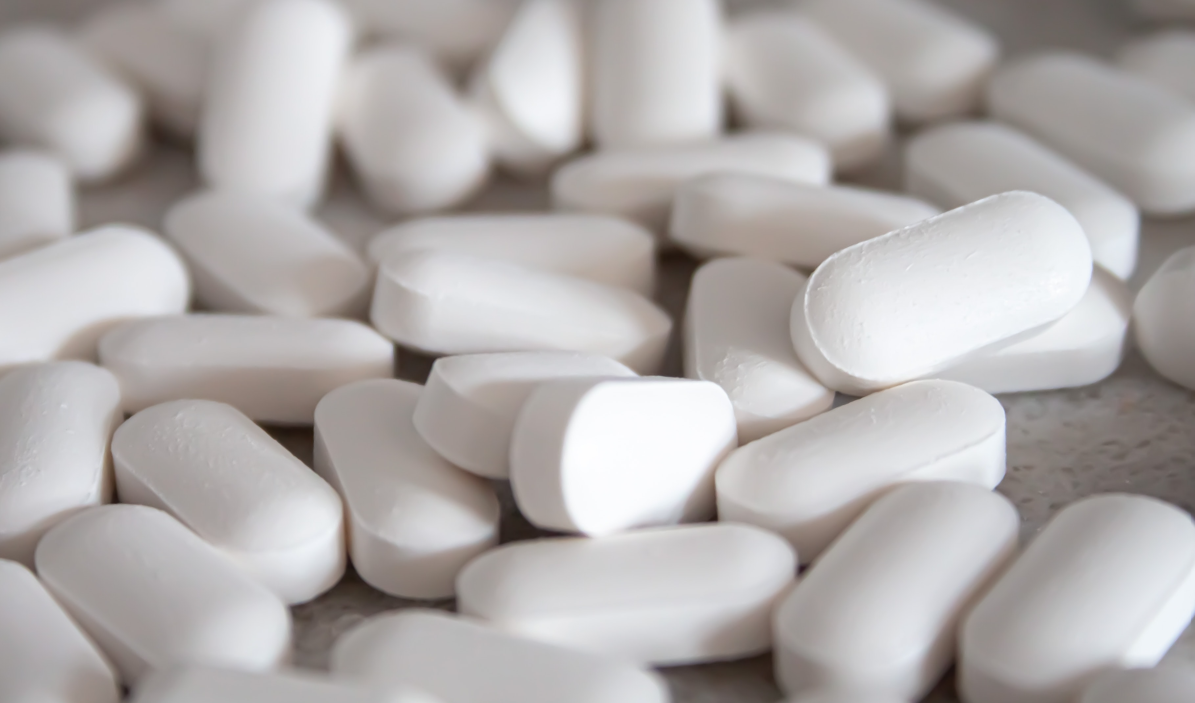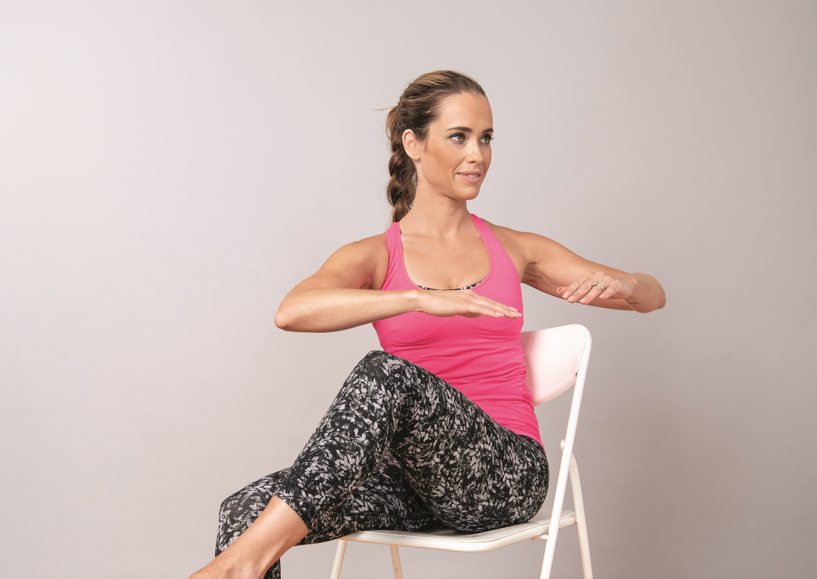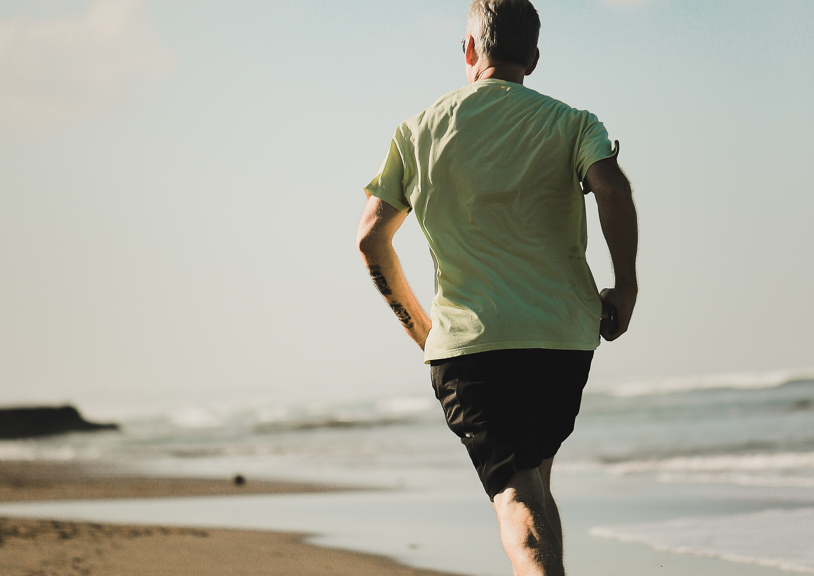If you don’t know your number, it’s time to get your blood pressure checked
By Wendy Haaf
Photo: iStock/FluxFactory.
At the end of his annual health exam in November 2018, John Luchetti’s family physician said, “John, you’ve got to do something.”
Luchetti, now 57, of Brampton, ON, had had blood pressure readings that were enviably low before he gave up running due to a knee injury. Now his blood pressure had crept up past 130/80, which, while lower than the diagnostic threshold for hypertension, meant Luchetti was at high risk of developing the condition—the leading cause of stroke—within the next few years. In addition, since his blood sugar, cholesterol, and waist circumference were all higher than recommended, Luchetti was now considered to have metabolic syndrome, which itself raises the risk for Type 2 diabetes, cardiovascular disease, heart attack, and stroke.
Incredibly common, affecting an estimated one in four Canadians overall and roughly half of older adults, “hypertension becomes more common as we age,” says Dr. Doreen M. Rabi, a co-author of the Hypertension Canada Guidelines and an associate professor in the Department of Medicine and head of the Department of Endocrinology at the University of Calgary’s Cumming School of Medicine. In fact, if you live long enough, you have a 90 per cent chance of eventually developing hypertension.
However, common doesn’t mean normal, stresses Patrice Lindsay, director of the Heart and Stroke Foundation’s stroke program.
Systolic (top measurement) blood pressures of 130 and 140 mmHg are often dismissed, with people thinking, You’re getting older, that’s normal, Lindsay says. “It’s not normal at any age.” Furthermore, there’s a wealth of scientific evidence showing that controlling blood pressure reduces the risk for premature death, stroke, heart attack, and associated disability.
Luchetti was lucky his elevated blood pressure was detected early. “High blood pressure is silent,” explains Dr. Alexander Leung, an endocrinologist and a public health researcher and assistant professor at the O’Brien Institute for Public Health, the Libin Cardiovascular Institute of Alberta, and the Cumming School of Medicine at the University of Calgary. Consequently, he says, he sees a lot of people who have gone undiagnosed for years and even decades, their conditions detected only after they’ve already caused irreversible heart or kidney damage.
This is why the Heart and Stroke Foundation urges “that everyone should know their number,” Lindsay says. If you haven’t had it checked recently, she suggests measuring it yourself using one of the automated machines you can find in many pharmacies and even some grocery stores (be sure to follow instructions carefully).
“Those are felt to be generally reliable and in some cases may be an even better tool for measuring blood pressure than the blood pressure machine at the doctor’s office,” Leung says—some people experience transient, anxiety-related elevation in blood pressure during physician visits. (On a related note, experts now recommend doctors use automated machines rather than the manual type, since they yield more reliable results, in part because they calculate the average of several readings. And guidelines now urge primary care providers to measure blood pressure at virtually every office visit.)
How High Is Too High?
So just what are the cutoffs for hypertension and high-normal blood pressure (sometimes called “prehypertension”)? And what happens if you get an elevated reading?
“In Canada, we have a couple of different thresholds for diagnosing hypertension,” explains Dr. Sheldon Tobe, a specialist in hypertension and kidney disease at Sunnybrook Health Sciences Centre and a professor of medicine at both the University of and the Northern Ontario School of Medicine in Thunder Bay. “For most people, it will be 140/90 mmHg using the old standard measurements,” or 135/80 using an automated machine, ambulatory monitoring, or a home monitor, he says. However, it’s even lower—130/80 mmHg—for people with diabetes or other traits that put them at even greater risk, including chronic kidney disease, smoking, and existing heart disease, along with everyone 75 years of age or older. (Systolic readings between 130 and 139 fall into the high-normal or prehypertensive category.)
However, one high reading does not a diagnosis make, and a single very high reading is no reason to panic. Generally speaking, unless your blood pressure is exceedingly high and as long as you’re otherwise healthy and not at high risk, your doctor generally will wait for two or three additional readings (and sometimes recommend using a home monitor in between visits) before taking any further action. It’s also worth noting that caffeine, stress, exertion, and pain can cause blood pressure to spike temporarily; if it’s high, repeat the reading when you’re more relaxed. (If your physician advises you to monitor your pressure at home, ask about the circumstances that would warrant alerting the office, seeking urgent medical attention, or calling 9-1-1, respectively.)
While not a crisis, that first elevated reading is an ideal opportunity to take stock of potential contributing lifestyle factors.
Rabi suggests raising the subject of sleep (both its quality and duration) with your doctor, since healthy slumber is good for blood pressure and obstructive sleep apnea—a treatable breathing disorder—can lead to hypertension. If you smoke, you and your doctor could discuss treatments to support an effort to quit. A conversation about alcohol may also be in order, since it’s known to raise blood pressure, and curbing intake can sometimes lead to a dramatic improvement. “I had a patient in my office yesterday and I was able to take her off of a bunch of antihypertensive medications because when she cut back to one drink a day, her blood pressure, which had been quite resistant before, came under really good control,” Tobe notes.
Finally, since depressed mood increases the risk for uncontrolled hypertension and chronic stress boosts blood pressure, if you are grappling with such issues, speak with your doctor about getting help from an appropriate health professional. “There are some simple techniques that can help regulate mood, regulate stress, and lower blood pressure,” Rabi says.
Lifestyle Changes
You can also use that time between the first high reading and a follow-up visit to consider how you can go about making small, sustainable changes in your habits that, over time, can help control blood pressure. Even if you’re fortunate enough to have healthy blood pressure, these life-style changes can reduce your chances of developing high blood pressure or delay its onset.
You can probably recite from memory the lifestyle factors that are recommended for promoting heart health and controlling blood pressure, from regular physical activity and a plant-rich, low-salt diet to managing stress and body weight. But the thought of doing even one of those things can be paralyzing and a dramatic lifestyle makeover typically doesn’t last more than a few months.
“Change is hard for people, and a lot of people think it’s all or nothing,” notes Janet Omstead, a health coach and author of The Play Book: How to Get in the Habit of Good Health (self-published, 2019).
So where do you start? To make behavioural changes stick, experts suggest focusing on manageable concrete actions rather than results; setting up your environment to support your efforts; hitching one new healthy habit to an established routine; and weighing which small steps you could add to your day, rather than getting stuck on subtracting certain foods or scrutinizing the scale. The Heart and Stroke Foundation has tools to help, including Activate, a free six-month program for people with prehypertension that includes support from a coach, online tools, workbooks, and wellness trackers. Initially limited to a few centres, Activate is expected to expand across Canada by May 2020.
Blood pressure drops an average of 1.0 mmHg with every kilogram of weight lost, and weight loss is recommended in the Hypertension Canada Guidelines; however, “I don’t like people to focus on that, because it tends to be demoralizing in the long run,” says Cheryl Strachan, a Calgary registered dietitian who specializes in cardiac nutrition and is the author of 30-Minute Heart Healthy Cookbook (Rockridge Press, 2019). She adds her clients have more success when they concentrate on behaviours over which they have more control.
Omstead suggests a bare-minimum approach: the bare minimum you’re willing to do, whether it’s five minutes of yoga to ease stress via deep breathing one week or sneaking in one additional minute of walking a day the next.
Let’s start with eating. Substituting a simple home-prepared meal for takeout or restaurant food is a good start, since nearly 80 per cent of the sodium in our diet comes from commercially prepared foods and reducing sodium intake can lower blood pressure an average of five to six mmHg. Then you can gradually add more foods that meet the core components of the DASH (Dietary Approach to Stop Hypertension) diet: vegetables and fruit, beans and lentils, nuts, healthy oils, and whole grains. Fill half your plate with vegetables at every meal and you’ll soon reach the recommended number of servings.
“It doesn’t have to be fancy,” Strachan stresses. A few simple strategies she recommends include adding frozen vegetables to soups and similar dishes or roasting them to bring out the flavour; adding a bag of coleslaw or broccoli slaw to fried rice or a stir-fry; and incorporating beans and lentils in everything from salad to chili. (Strachan’s website—sweetspotnutrition.ca—and e newsletter feature other easy shortcuts.)
When it comes to physical activity (which improves mood, fights stress, and reduces the risk for depression in addition to helping control blood pressure), any amount is better than none. Experts recommend aiming to reach at least 150 minutes a week of movement requiring moderate to vigorous effort in chunks of 10 minutes or longer, but if you have mobility problems or haven’t been active in some time, focus on what you can do now. (Get your doctor’s blessing first, though.) “The greatest benefit to cardiovascular health comes from people who go from being sedentary to doing any exercise at all,” Dr. Tobe says.
Experiment and figure out what will motivate you to keep going, whether it’s joining a friend for a 20-minute walk around the mall before grabbing coffee, taking the stairs at every opportunity, parking a few blocks from your destination, walking from the cart to the tee over three nine-hole rounds of golf a week, or revisiting activities you enjoyed in childhood. (Hula hooping? Skipping?)
And remember: bite-sized steps add up. “A one per cent improvement daily compounds to an almost 40 times performance improvement in just 12 months,” Omstead emphasizes.
It’s important to keep in mind that when it comes to adopting healthier habits, you measure success in meeting goals such as adding an additional serving of veggies to your lunch plate or walking for 10 minutes, rather than whether or not these strategies are sufficient to bring your blood pressure under control. In other words, needing antihypertensive medications is not a failure; it just means your body needs a little extra help. Furthermore, we have mountains of evidence demonstrating the benefits of using these drugs to get blood pressure under control.
“The main side effects of blood pressure-lowering pills are longer life, fewer heart attacks and strokes, and less likelihood of ending up with dementia, kidney disease, and, in men, erectile dysfunction,” Tobe says. In the unlikely event you have a problem with one medication, there are dozens of other choices.
A few months after learning that his blood pressure was elevated, John Luchetti nearly passed out at the end of a seven-kilometre hike. This spurred him to ease back into exercise with the help of a personal trainer and then to join the Heart and Stroke Foundation’s Activate program.
Within just six months, the gradual adjustments he made to his life-style—including taking over the cooking duties at home—brought his blood pressure and heart rate back to within healthy limits and decreased his weight by nearly 40 pounds. Even better, he’s enjoying his life and family more and is well on his way to achieving what he initially set out to do: “I decided that I wanted to live the rest of my life the way I lived my early years,” he says. “Active and healthy.”






